Urban Nutrient Management
Purpose/Function:
To reduce the potential for excessive nitrogen and phosphorous from reaching receiving waters.
Initiation protocol:
The implementation of urban nutrient management is based on public education and awareness, targeting suburban residences and businesses, with emphasis on reducing excessive fertilizer use.
Public acceptance:
Mixed – this is a personal decision made by landowners. The Fertilizer Use Act will manage the potential for excess nutrient application at the retail source, but for DIY homeowners, compliance is up to their individual choices.
Implementation Factors (level of difficulty):
Easy to Moderate.
Funding Sources / Options:
Grant support is available to assist with the public education aspect of this practice through Chesapeake Bay Trust Outreach and Education Grant Program.
Costs:
Costs estimated as $ per acre of practice installed.
| Cost Estimates | EPA | King & Hagan | Average |
| Initial | $52.50 | $274.50 | $146 |
| Annual | $- | $3 | $1.50 |
| Lifespan (yrs) | 3 | 1 | 2 |
| Annualized | $17.50 | $277.50 | $147.50 |
Note: K&H estimates 0.09 acres of impervious surface treated per acre of practice. Therefore, the value from the K&H report was multiplied by 0.09 to obtain these figures.
Load Reduction Efficiency:
Total Nitrogen removed per acre of practice per year
|
Low 0.66 lbs. |
Medium 1.16 lbs. |
High 2.86 lbs. |
Cost per pound removed = between $52 and $225
Total Phosphorous removed per acre of practice per year
|
Low |
Medium 0.05 lbs. |
High 0.13 lbs. |
Cost per pound removed = between $1,263 and $4,194
Total Suspended Solids removed per acre of practice per year N/A
Operation & Maintenance:
N/A
Climate Change Considerations:
N/A
Planning Questions to Consider:
This practice is primarily a public education and outreach program and as such requires research into messaging campaigns and communication best practices to be most effective.
Related Best Management Practices







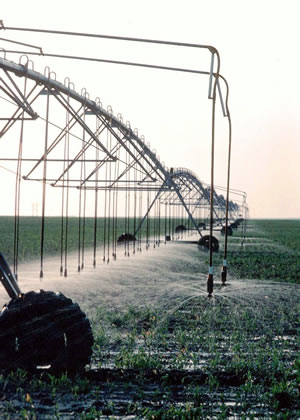

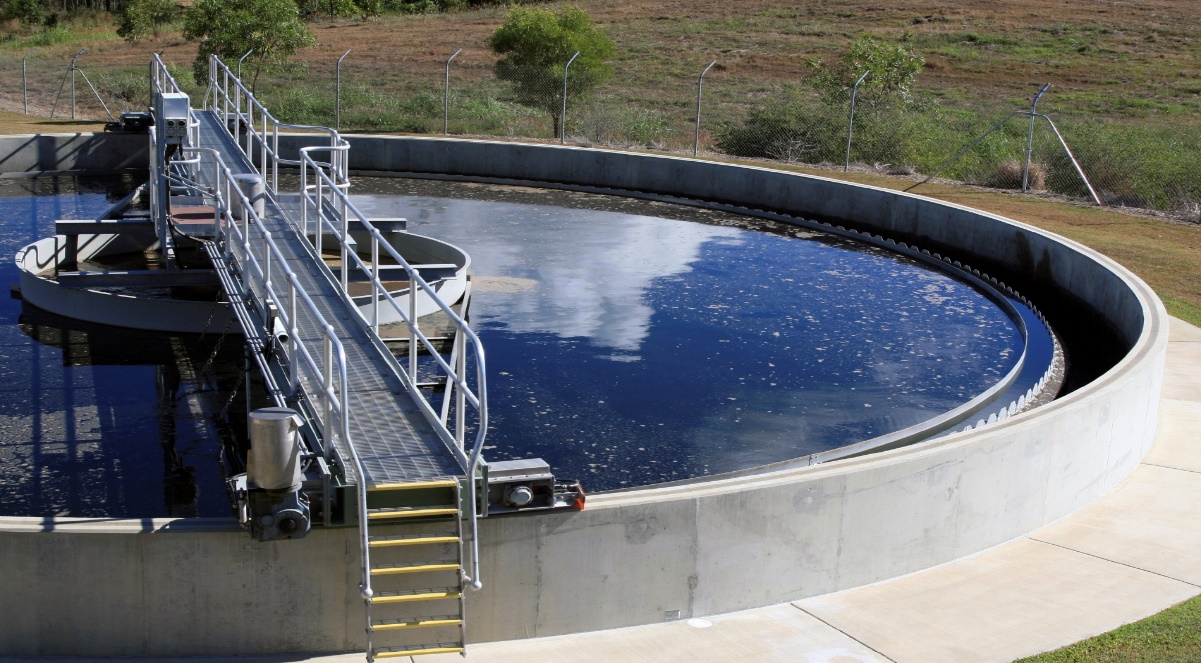



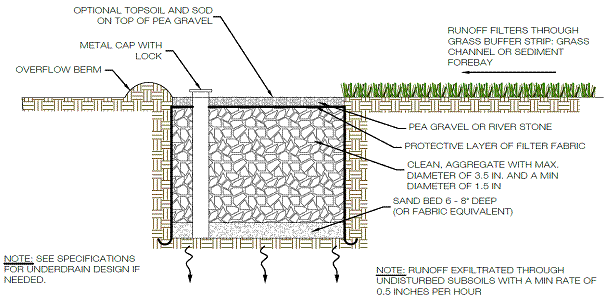

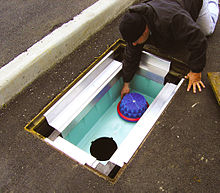



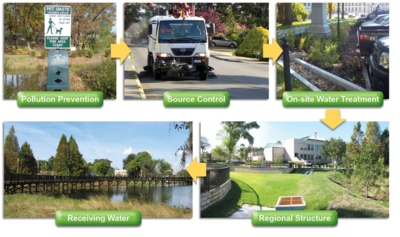


Feedback on This Best Practice